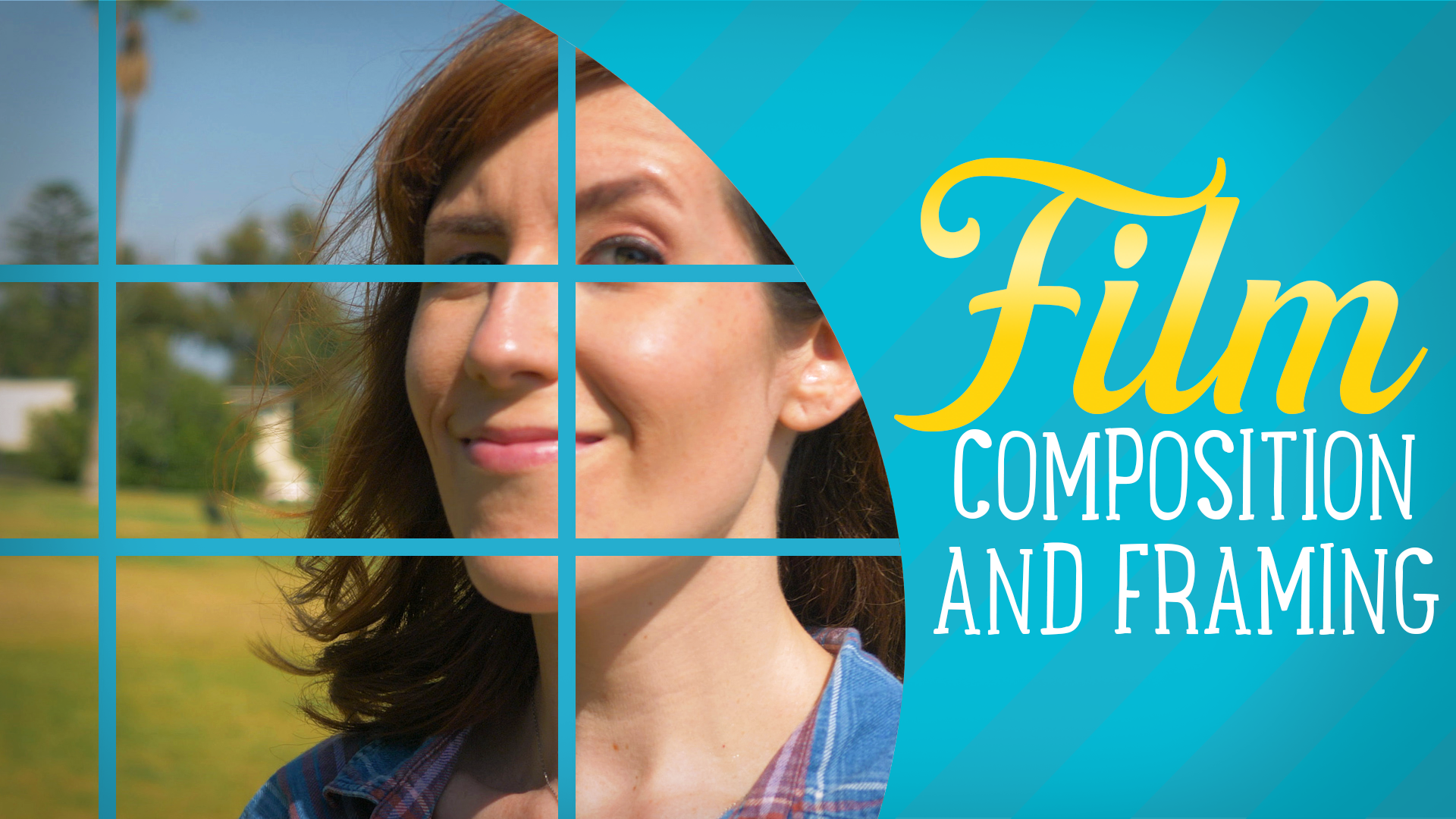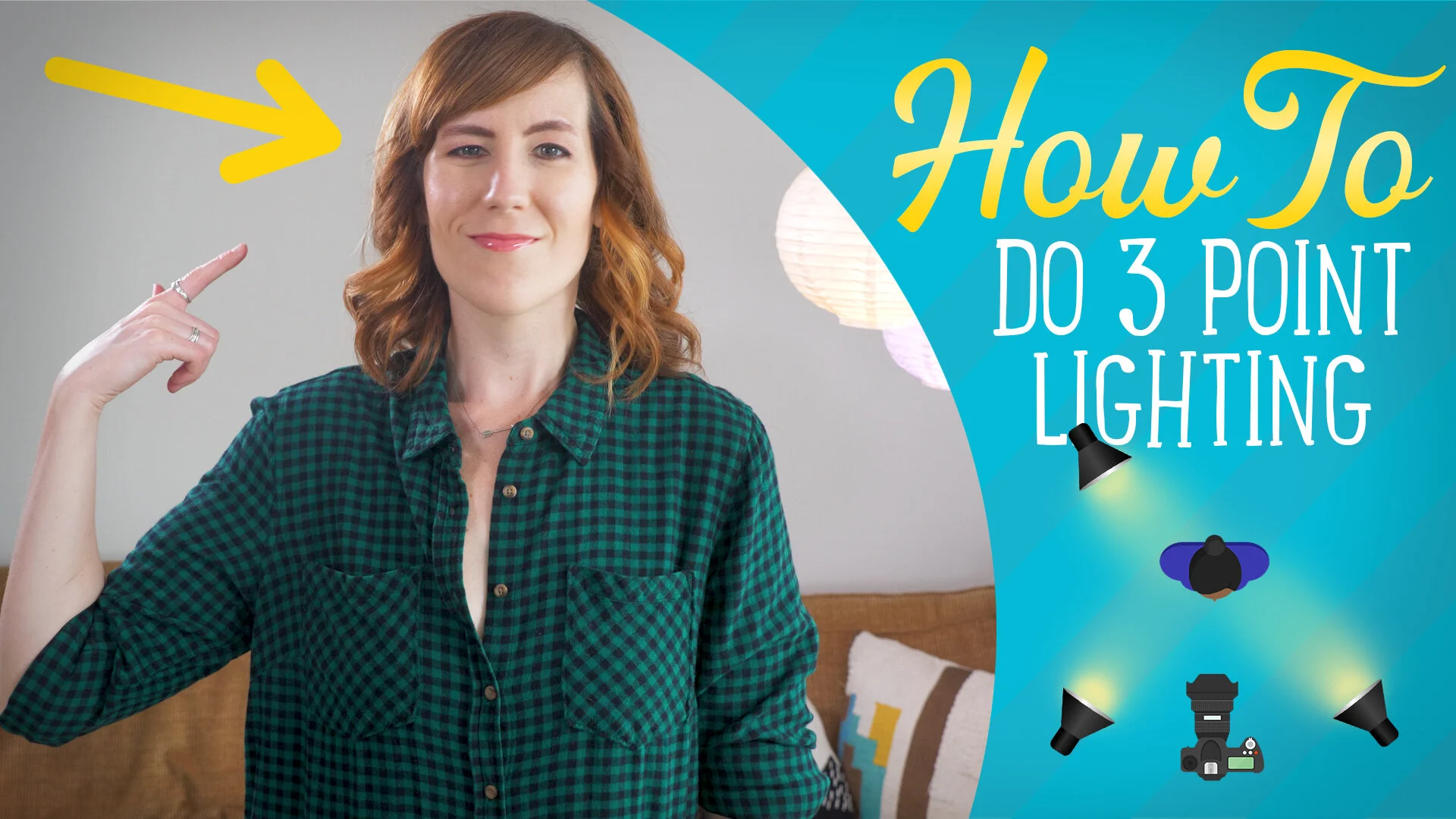Good composition in simplest terms is the arranging of subjects in your frame to form a pleasing image, and the keyword here is pleasing. So let’s go over some tips on how to compose your frame and when to break the rules.
Read MoreWhite balancing can affect the overall look of your film, and by color balancing incorrectly you can end up with a color cast to your footage. So let’s get into why white balancing is important and how you can do it!
Read MoreAperture or depth of field can help focus your audience’s attention and give your films a cinematic look. So let’s get into what aperture is and how you can use it.
Read MoreOften when you hear people talk about the technical specs of a film they focus on frame rate and resolution size. I mean who can blame them, 4K is pretty exciting! But there’s another huge factor that comes into play when shooting your film, and that’s shutter speed.
Read MoreProduction assistants, or PAs for short, are pretty common on sets, all the way from big budget Hollywood films to small indie films. But what does a film production assistant do? Well the answer is a lot of things, so let’s go over all the various things a PA does on set.
Read MoreWhen your film shoot is over and everyone’s rushing to wrap the set, it can be tempting to rush through wrapping up equipment. However, not wrapping XLR cables probably can actually damage the cords on the inside and result in a knotted mess the next time you try to use it. So let’s go over some tips on how to wrap a cable properly.
Read MoreAs an indie filmmaker you might find yourself working with non actors from time to time. These can be friends or family you’ve roped into helping you make your film for free, locals you want to use for authenticity, or perhaps people who answered a help wanted ad you ran for your film.
Whatever the reason, just because they are non actors doesn’t mean you can’t get good performances out of them. You just have to approach them with completely different tactics than you would professional actors. So let’s talk about a few tips and tricks you can use for directing non actors for film.
Read MoreToday I wanted to do a e-image video tripod review, because I think it might just be the best budget tripod for 2021. So let’s go over the pros first.
Read MoreOften when people think of working with actors, they think you just give them their character motivation and send them on their way. But the director/actor relationship is far more complex, so let’s go over some simple tips that you as a director can do to help keep you and your actors happy.
Read MoreDirecting might seem pretty straight forward, you yell “action,” direct the actors, and then call cut, but there’s actually a lot more to directing than just coffee and berets. So let’s go over some directing tips for beginners to help you manage all the nuances of being a director.
Read MoreDirecting on set can be chaotic, especially if you aren’t prepared. So here’s some tips on how to work with actors on set and ensure a stellar performance.
Read MoreHard light can be extremely unflattering on your talent, which is why shooting outside can be tough. Direct sun can lead to harsh lighting and while finding shade under a tree can help, it can also result in uneven patches of light. However never fear, for I’ve got a cheap and easy DIY light diffusion trick that will have you diffusing the sun in no time!
Read MoreA three point lighting setup is a basic lighting setup that involves three lights. It’s considered a fundamental lighting setup in the film world, and understanding the principles in this basic lighting setup is key to understanding good lighting in general. So let’s jump into what a three point lighting setup is and how you can achieve it.
Read MoreYou're ready to shoot your film, but are you planning to shoot with one camera, two cameras or maybe even ten cameras? Well, if you're not sure if shooting multi-camera is right for you, I've got some great tips on the pros and cons and best practices of doing so.
Read MoreIf you've ever been on a film set, you might have heard of the mysterious concept of crossing the line. And while this might seem like a mystifying idea, it's actually fairly simple to understand and execute. So let's go over what the 180 degree line rule is, and even talk about some exceptions where you can break it.
Read MoreWhether you're planning on faking twins or in short supply of actors, here's some tips that will help you make one actor play multiple characters like a pro.
Read MoreCamera movement is one of the best filmmaking tools you can use to help make your audience feel like they are right there with the characters and a whip pan is no exception.
Read MoreHave you ever been on a film set and not known what the hell people were saying? Well that’s because there’s a whole set of filmmaking terms and shorthands used on set. So let’s go over some terms so you can be fluent in the filmmaking language.
Read MoreToday I wanted to do a product review on the Tascam DR-10L lav mic. I've been looking for a new lav mic for a while, since the ones I was using were from the 80's. I honestly don't know why I put up with them for so long, but when they finally broke, I figured it was time to upgrade to something, you know, maybe at least from this decade. And after a lot of research and suggestions from some trusted friends, I landed on the amazing Tascam DR-10L.
Read MoreC stands are handy tools to have on set, but they can also be dangerous or downright deadly if not set up correctly. So let's go over these extremely important tips, so you know how to set one up safely.
Read More



















